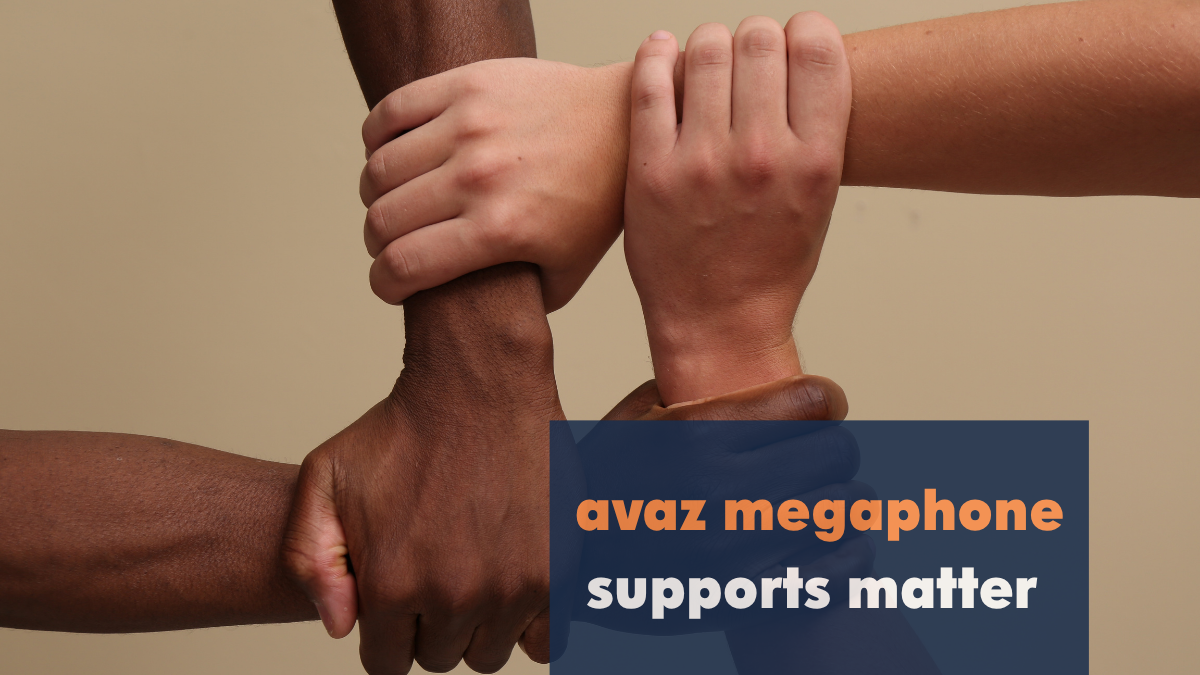India is indeed a paradox. Those of us in India are aware of the extremes that we find ourselves in the middle of, yet sometimes the disconnect between the two polar ends takes becomes more real, more unsettling than ever. Recently, I found myself in such a position of disillusionment. It came in the newspaper one morning, when I read about a mother in Tamil Nadu, India seeking euthanasia for her 14 year old daughter – Madhumita – who suffers from cerebral palsy. The mother – Jaya’s – disheartening appeal was the result of her being unable to access adequate care services for her daughter. In the words of Ms. Jaya, “She cannot walk or speak. She cannot even identify us. She sits all the time in her wheelchair or lies on her bed. The only thing she does is cry. I am taking care of her with great difficulty and I am worried about her future”. The family whose income was insufficient to cater to their daughter’s medical expenses said that the homes for rehabilitation were unwilling to accept Madhumita, driving them to seek this drastic measure.
This is particularly unsettling because my work with Avaz has exposed me to the expanse of individuals and companies that are coming up with new technology and solutions to the very problems of communication and mobility that Jaya talks about. Even within India, there is no dearth of such technology – it is just overwhelming problem of connecting these resources with the people like Madhumita that most need it. Is it a lack of awareness, funding, governmental intervention or an amalgamation of all of this? In any case, it was shocking to me, as I work alongside individuals who envision better futures for children like Madhumita, that there are still many who are being left behind – that structural problems of society cause families to make such extreme decisions in evident desparation. Can this change?



